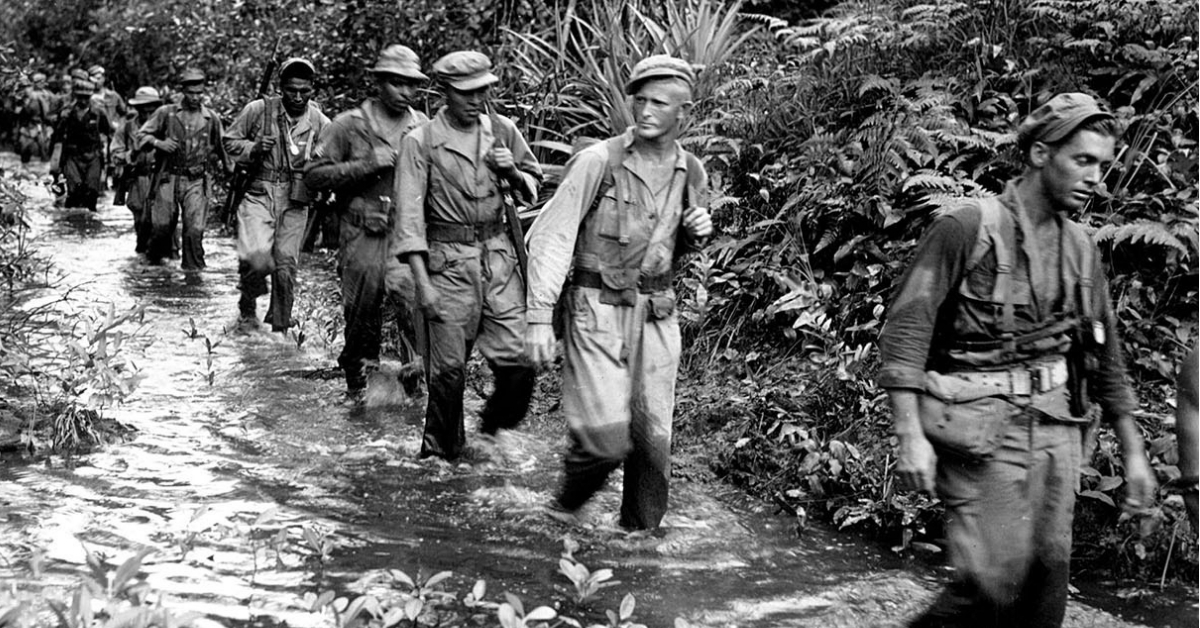Dressed as Filipino peasants, the two American Scouts slipped into an abandoned hut about 300 yards from their objective. It was 11:30 AM, January 30, 1945, and time was of the essence. Lt. William Nellis and Private Rufo Vaquila were two of 14 Alamo Scouts who had penetrated Japanese lines just three days earlier.
They then trekked 30 miles through back country to avoid observation, before taking-up a position of surveillance. Their objective was a Japanese prisoner of war camp, now clearly visible below them, located near the Filipino town of Cabanatuan, where it was believed some 500 American prisoners had been held in wretched conditions for years.
On October 20, 1944 General Douglas MacArthur had landed his forces on the island of Leyte, vowing to retake the Philippine Islands. Now, as his forces drove north, the Japanese were fleeing before MacArthur’s advance, and the Americans had good reason to fear the Japanese would slaughter all of the POWs still under their control before withdrawing, which – given the tactical situation – could be at any moment.
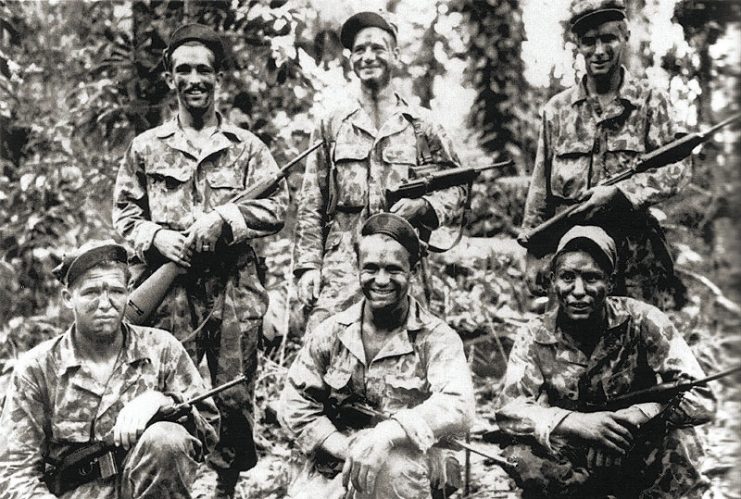
The Cabanatuan camp had previously housed over 5,000 prisoners, however most of those had been removed to the Japanese mainland as slave labor prior to MacArthur’s landing. Then, on October 20, 1944, the Japanese high command issued a “kill all” directive to their officers in the Philippines, ordering the extermination of all POWs still under Japanese control.
General Tominaga, the commander of the Fourth Army, for instance, sent this directive to the commander of the POW camp on the island of Palawan: “At the time of the enemy landing, if the POWs are harboring an enemy feeling, dispose of them at the appropriate time.”
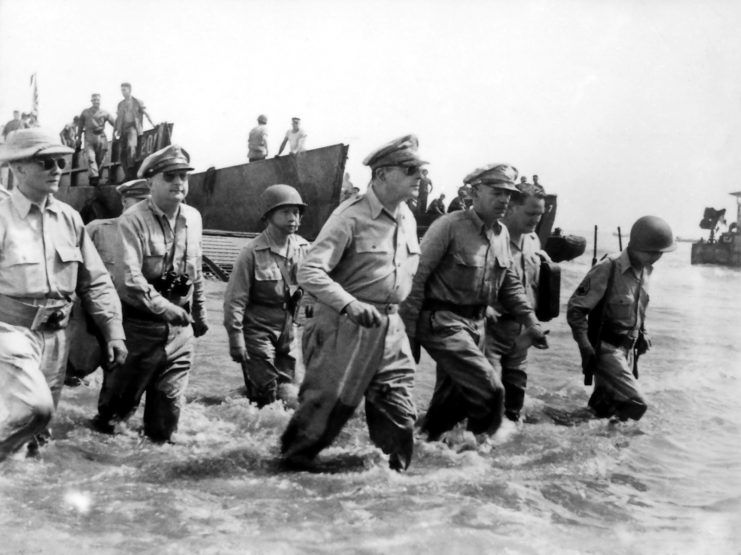
Then, on December 14, the Americans learned that the Japanese had ordered all 150 American POWs on Palawan into air-raid shelters, then locked them in. Dousing the structures with gasoline, the guards set the shelters on fire, burning the helpless POWs alive. Those few who somehow managed to crawl-out were machinegunned to death.
Now, as Nellist and Vaquila watched, a full Japanese division was withdrawing north on the main road that ran past the prison. The two Scouts had every reason to believe that, once that division had cleared the area, a similar, or equally barbaric, fate awaited the emaciated men imprisoned at Cabanatuan.
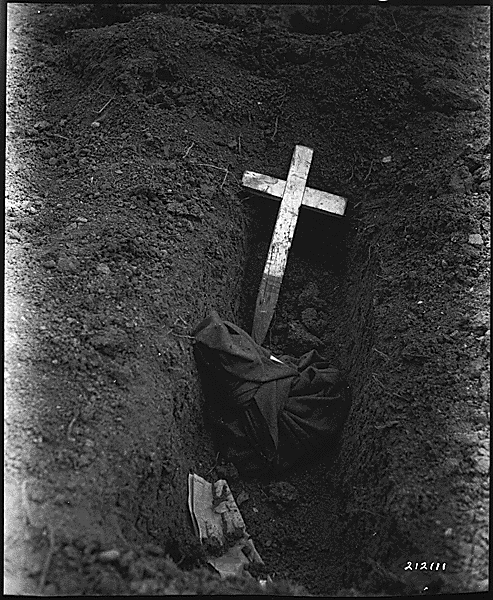
Armed with reports of the Palawan massacre, on January 26 Major Bob Lapham convened with Col. Horton White, Intelligence Officer for the Sixth Army, under General Walter Kreuger. He proposed an immediate raid to free the prisoners at Cabanatuan.
Best estimates of enemy strength at the time put about 300 Japanese guards in the camp, another 1,000 troops on the Cabu River – only a few hundred yards distant – and as many as 5,000 Japanese in Cabanatuan City, a few miles away.
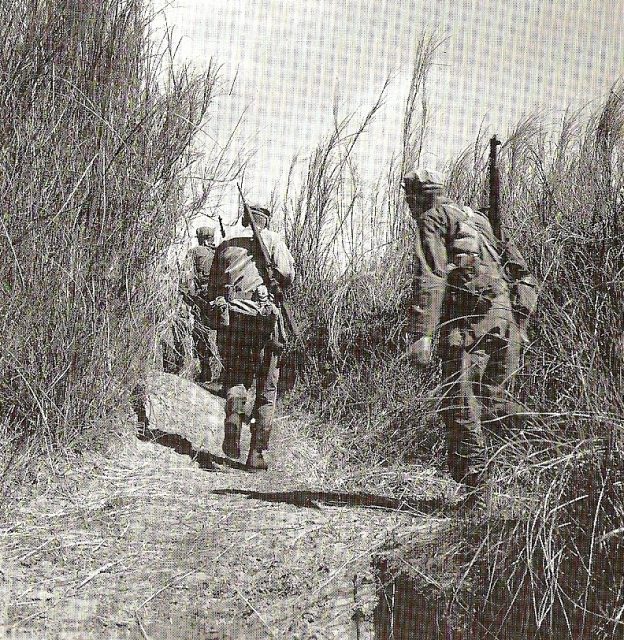
Given the overwhelming numerical superiority of the Japanese in the area, both knew only a well-concealed, lighting-strike had any chance of success, and that even those odds were decidedly slim. Nevertheless, given the desperate situation faced by the prisoners at Cabanatuan, General Kreuger approved the plan, and it was immediately put into operation.
Everyone knew it would be a daunting task. The raiders had to covertly cross-over 30 miles of jungle and back country while avoiding Japanese observation, then launch an overwhelming strike that had to be over in minutes, not hours. That accomplished, they would have to safely remove all 500 prisoners, and transport the emaciated POWs back to American lines, a job, in all probability, far more difficult than the successful attack itself.
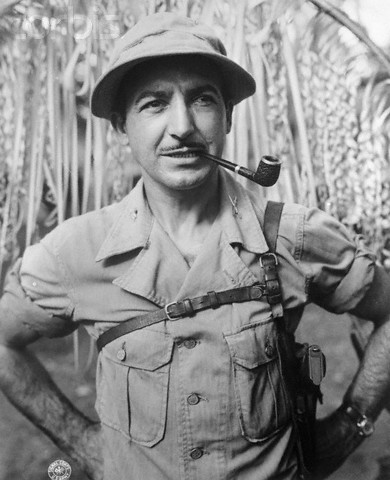
Comprising the raiding team would be two seven-man squads of Alamo Scouts, 120 Army Rangers under Lt. Colonel Henry Mucci, and 80 Filipino Guerrillas. Needless-to-say, the mission required absolute secrecy.
Mucci, a fiery West Pointer, gathered his Rangers together, and asked them to meet with him in a nearby church. “When I got there,” said Mucci, “I made a little speech in which I asked every man to swear he would die fighting rather than let any harm come to the prisoners of war under our care. I did that because I believe in it. Everyone on the mission took the oath.”
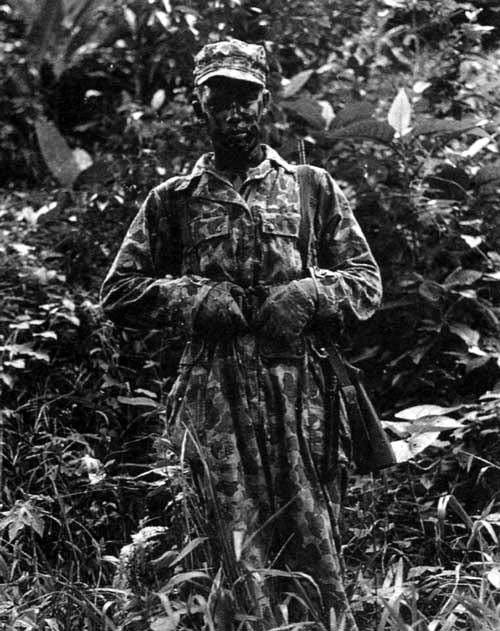
For the Rangers, the operation to free their brothers-in-arms had now risen, quite literally, to that of a holy mission.
Mucci’s Rangers armed themselves to the teeth for the mission, carrying BAR’s (Browning Automatic Rifles), Thompson submachine guns, knives, pistols, grenades, and assorted bazookas. The Scouts carried their usual M 1 carbines, Thompson submachineguns, trench-knives, grenades, and 45 caliber automatic-pistols.
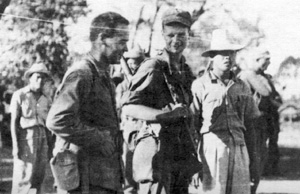
The Alamo Scouts (US Sixth Army Special Reconnaissance Unit) had been formed in 1943 in New Guinea and had performed spectacularly behind enemy lines, staging reconnaissance and rescue missions ever since. They were seasoned, professional warriors, what today would be regarded as Special Forces.
The Cabanatuan attack was scheduled for 5:30 PM, January 29. The Scouts departed at 5 PM, January 27, the Rangers the following day.
On the 28th the Rangers were driven covertly to the village of Balincarin, where they were met and escorted by Filipino guerrillas through the back-country, arriving at a rendezvous-point about five miles north of the POW camp on the morning of the 29th. There Mucci met with Nillist and Vaquila. Also in attendance was Captain Juan Pajota, USAFFE (United States Armed Forces Far East), who commanded an additional 200 troops, and had intimate knowledge of the surrounding area.
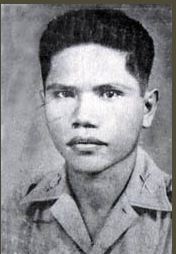
Nillist’s report was somewhat discouraging. He noted the camp lay on flat ground, and that the Japanese had stripped the vegetation around the perimeter outward for hundreds of yards. Undetected approach, therefore, appeared close to impossible.
Mucci, understanding the imminent threat the POW’s faced, wanted to attack that night, as planned. Pajota pointed-out, however, that the Japanese division was stills slowly withdrawing down the road (Highway 5) in front of the camp, and would respond immediately with overwhelming numbers, dooming any premature attack. The assault was subsequently rescheduled for the following day, January 30.
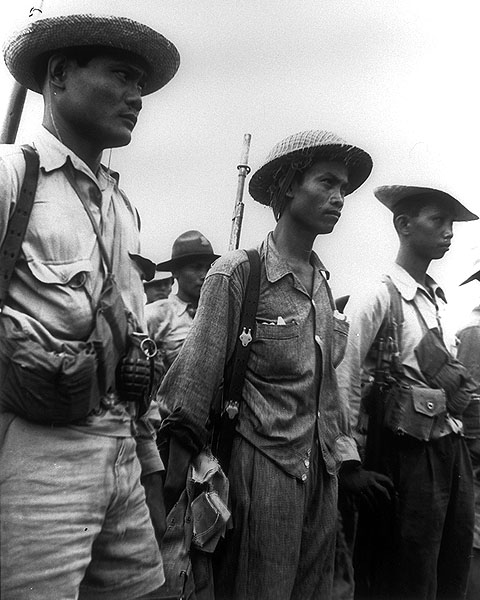
Mucci radioed the change back to Sixth Army headquarters, while Nillist and Vaquila returned to the camp for further reconnaissance. It was then when Nillist spotted the abandoned hut on a rise nearby, and he and Vaquila donned straw-hats and native garb, slipping into the hut unseen.
From this new vantage point they had a clear view into the camp below and were able to sketch a detailed diagram of the guard-towers, pillboxes, bunkers, tank-sheds, guard-barracks, officer’s quarters, and POW huts. “We knew which way the gate opened,” said Nellist. “We knew how many guards there were, what time they changed, how many strands of wire there were, and the works” All this information was quickly relayed to Mucci.
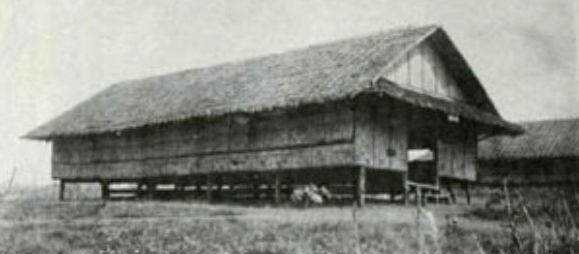
A plan of attack was designed. The Rangers would divide into two groups as they neared the objective. Then, as darkness fell, the Rangers and Scouts would begin inching toward the prison on their stomachs. Arrangements had been made to have an airplane fly over at this time and repeatedly buzz the camp, hopefully causing enough of a stir to draw-off the defender’s attention.
As the Rangers crawled forward, to counter any additional Japanese response, two groups of Filipino guerrillas would move to opposite ends of the main road, supported by Rangers equipped with bazookas.
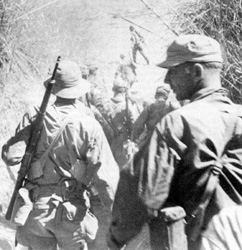
When near enough the camp to strike, a group of 30 rangers would initiate the assault by attacking the Japanese positions in the camp’s rear. A second group of 90 rangers would then attack the camp directly, overwhelm any opposition and remove the prisoners to a rendezvous point on the Pamanga River, about a mile-and-a-half away. There a group of Filipino guerrillas would be waiting, a train of oxcarts at the ready to transport the prisoners.
Once the prisoners were out of the camp, a red flare would be fired, alerting the Rangers and Scouts to break-off the attack. Lastly, a second flare would be fired when the Rangers and prisoners reached the rendezvous point on the river, notifying the Filipino guerrillas to withdraw. There was no room for error. It was hoped the assault would be completed in 30 minutes, or less.
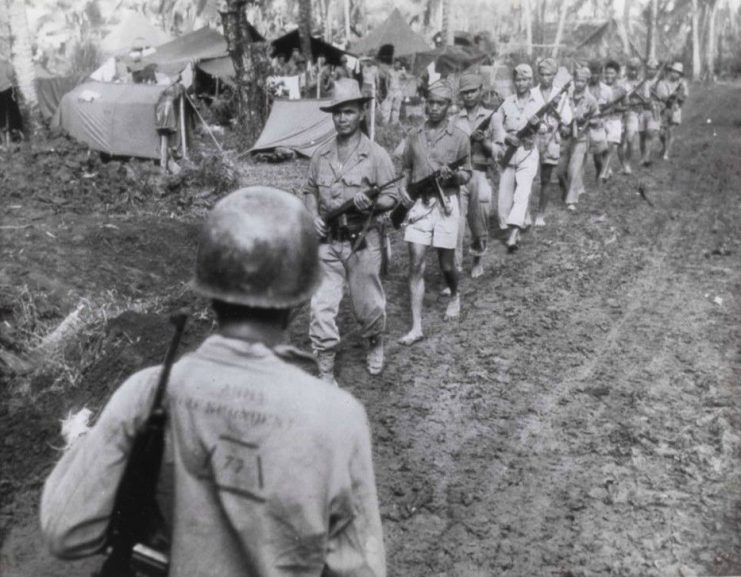
An emotional Mucci addressed the Rangers before departure on the 29th: “Remember,” he implored them, “these boys have been in that [expletive] hole beaten and starved for nearly three years. If they can’t walk to the river, carry them. We don’t leave one of them behind. Not a single one! We attack tomorrow night. I think the date of January 30 1945 will be long remembered. Go with God—and bring our boys home. They have not been forgotten.”
At 5:00 PM, January 30, the Rangers stepped-off, crossing the Pamanga River, then separating into the two groups intended to surround the camp. Likewise, the Filipino guerrillas moved-out. By nightfall, all elements were in place.
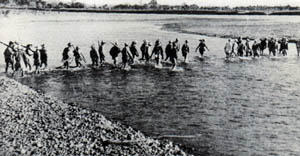
Suddenly a P-61 Black Widow night fighter appeared overhead. The pilot, Captain Ken Scribner, had been detached from the 547th Fighter Squadron, and once over the camp, he immediately went into a display of aerial acrobatics. Cutting his engines off-and-on, causing backfires, the plane rapidly dove, then careened off toward the hills, only to return, gain altitude, and do it all over again.
To the Japanese below, the plane appeared to be in serious trouble and might crash at any moment. The guards, mesmerized, watched in wonder as Scribner repeatedly performed in the skies above the camp for twenty minutes or more.
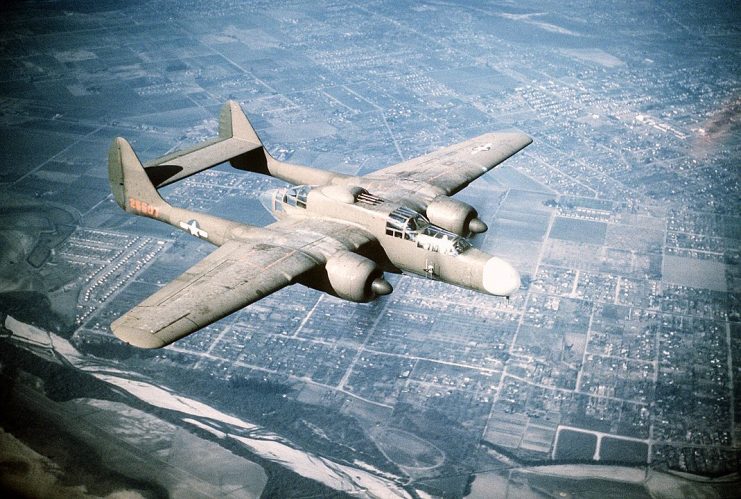
As Scribner dazzled the guards, the Rangers and Scouts crawled-up to the camp, surreptitiously cutting the phone lines as they did. Quietly they took their positions, taking precise aim at every Japanese guard in view.
Then, at 7:40 PM, all hell broke loose as a blaze of gunfire lit the night sky. The camp exploded with grenade bursts, rifle, and machinegun-fire, completely wiping-out the guard towers and rear defenses in fifteen seconds.
The lock on the front gate was likewise shot-away, allowing Rangers and Scouts to pour into the compound, some cutting the barbed-wire, allowing more Rangers to enter. Sprinting to the guard’s barracks and officer’s quarters (previously sketched by Nellist), they kicked-open the doors, and riddled the Japanese defenders with machinegun-fire.
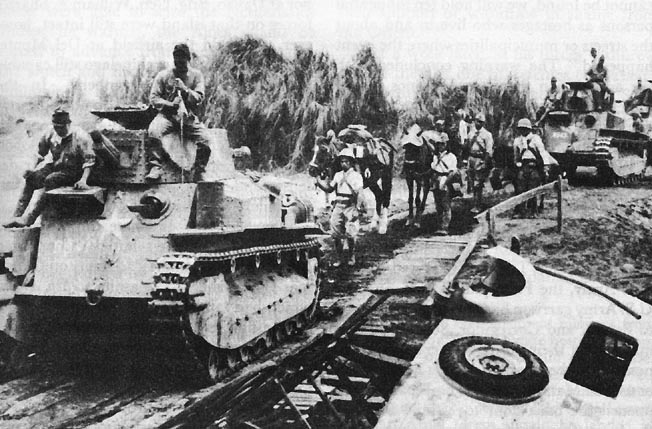
Bazooka shells blew-apart bunkers, pillboxes, and a shed harboring Japanese tanks. A number of guards attempted escape in commandeered trucks, but were destroyed in passage by bazooka crews, the shells instantly incinerating the vehicles.
The entire camp was under American control in six minutes – a textbook assault. Unfortunately, the prisoners, fearing the gunfire represented the initiation of a murderous Japanese plot, scrambled for their lives, hiding in their quarters, the latrines, or anywhere they could find space to conceal themselves. Paul Jackson, a naval officer captured three years before recalled the chaos. “When the firing started, most of us thought it was the [Japanese] coming in to kill us.”
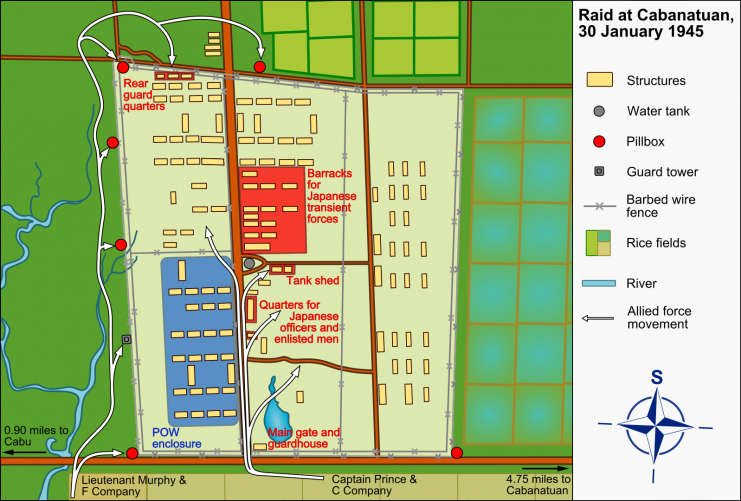
Years before, most of these POWs had taken part in the infamous Bataan Death March. Held captive for years, they had experienced beatings, executions, beheadings, famine, and untold abuse from their Japanese guards.
Emaciated to the point of death, initially they could not grasp what was happening around them, and it required time to locate, calm, and gather them all together. Indeed, some were so weak, they had to be carried from their lodgings. Many of the veteran Rangers and Scouts – long used to the ravages of war – wept openly as the prisoners, like terrified human skeletons, slowly shuffled-out from the darkness of their huts.
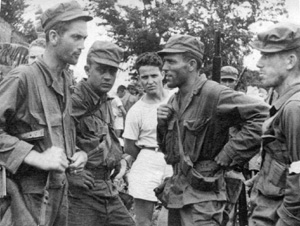
Finally gathered at the main gate, a surviving Japanese soldier unleashed several mortar rounds, wounding a few Scouts, Rangers, and prisoners. A Ranger cried-out that he had been wounded. Heads turned toward the carnage. “I’m with him,” Nellist yelled, crawling toward the wounded. “Everybody hold where you are.”
Then, as Nellist saw-to the wounded, Rangers quickly located the mortar’s position and killed the gunner. At 8:15 the first red flare went-up. Word of the mission’s success – so far, at least – was hurriedly radioed back to Sixth Army headquarters.
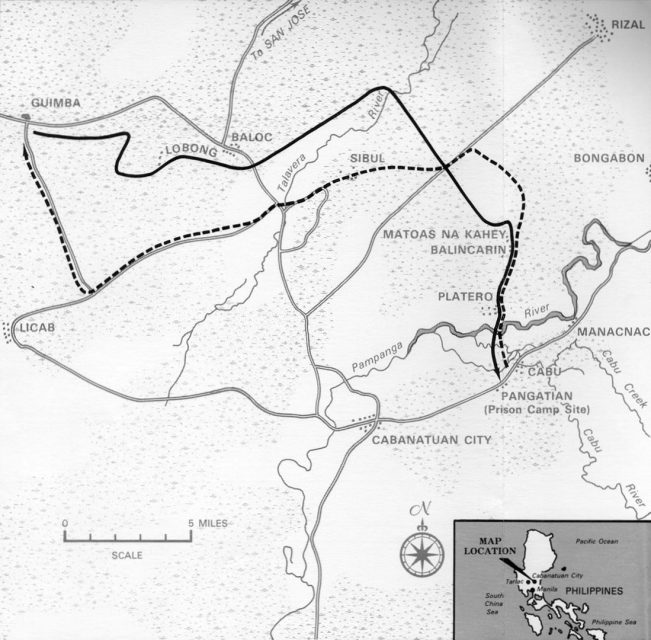
Meanwhile, Pajota and his guerrillas had placed charges under the nearby bridge over the Cabu River. As the Japanese responded to the sound of gunfire, they detonated the explosives, blowing an enormous hole through the structure beyond which tanks or trucks could not travel.
Japanese infantry attempted several crossings but were repeatedly repulsed by rifle and bazooka fire. Ken Scribner returned now in his Black Widow, strafing and bombing the Japanese with virtual impunity, destroying four tanks and helping to keep the Japanese on the far side of Cabu River.
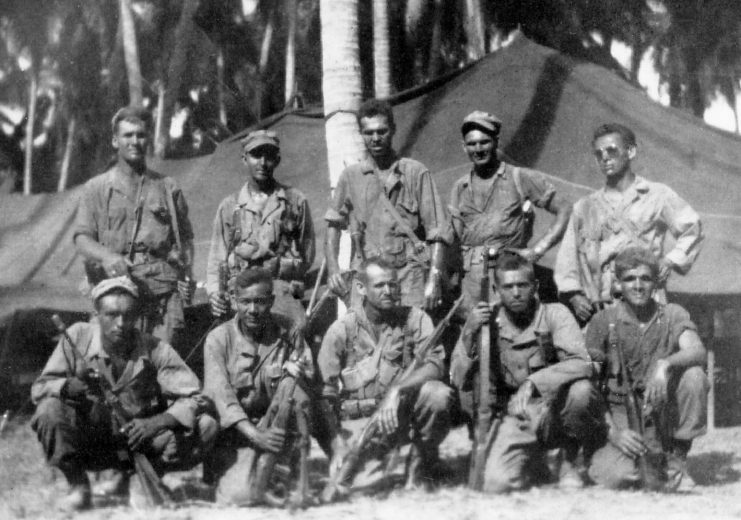
Scribner and 200 well-placed Filipino guerrillas held perhaps as many as 2,000 Japanese infantrymen at bay, allowing the prisoners to be shepherded to the rendezvous point. Once there, another flare was fired, notifying the Filipino guerillas to break-off their defense. Then the prisoners were loaded onto carts, and, after a brief rest, the long journey back to American lines began.
A field hospital was established in a nearby village to care for the wounded, but the column of carts pushed-on, struggling forward at the rate of 2 mph. Stops were made in several Filipino hamlets, where the villagers gladly supplied food and water to the exhausted Americans. “Some of the Rangers gave their shoes and most of their clothes to the men who need them,” Mucci proudly recalled.
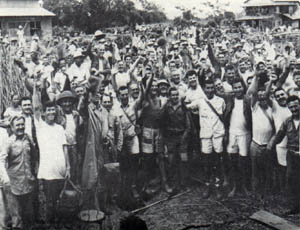
Above, Black Widows and P-51 Mustang fighters suddenly appeared, circling continuously, attacking any Japanese activity observed in the area, while providing a formidable protective umbrella for the sluggish convoy below. Watching as the American fighters soared overhead, the roar of the aircraft seemed a symphony for the former POWs. George Steiner, recently freed, noted that he and his comrades were “jubilant over the appearance of our airplanes, and the sound of their strafing was music to our ears.”
Early on the morning of the 31st Mucci was radio-directed to move the freed prisoners about eleven miles to the village of Talavera. There a truck convoy would be waiting, prepared to drive them the remaining distance to American lines.
https://youtu.be/63Fzw6_b7qA
One British POW had slept through the entire raid, however, only to wake-up the next morning to find the camp shattered and empty. Realizing what had occurred, he shaved, put on his best clothes, and sat waiting for help to arrive. Fortunately, his absence had been noted in the column, and a request radioed to Filipino guerrillas to doublecheck the camp. They found him sitting calmly in a chair, and quickly spirited him off to safety.
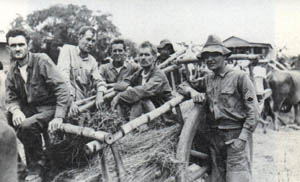
When the smoke and exhaustion finally cleared, it was determined the raid had rescued far more than American soldiers. A final count revealed 522 evacuees:
- 464 American soldiers
- 22 British soldiers
- 3 Dutch soldiers
- 28 American civilians
- 2 Norwegian civilians, along with 1 British, 1 Canadian, and 1 Filipino civilian
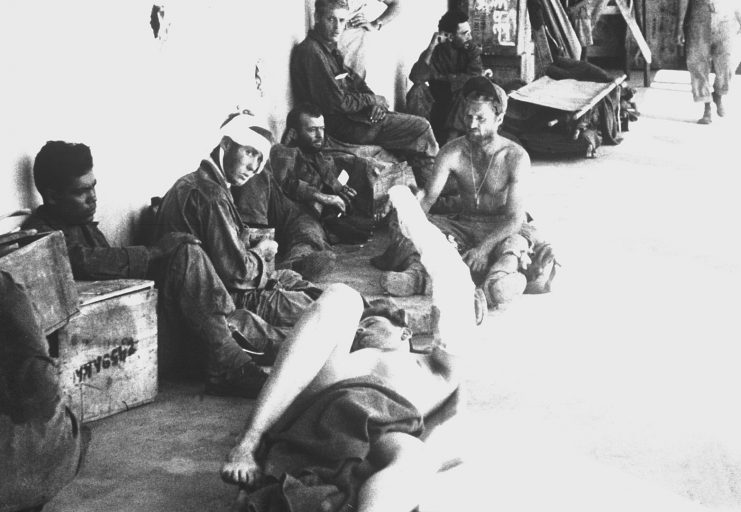
Casualties on the American side were surprisingly light: 2 American soldiers had been killed (by mortar rounds), 4 wounded, while 9 Filipino guerillas had also been wounded. Two of the prisoners, unfortunately, had died from exhaustion, illness, excitement, or a combination thereof.
Japanese casualties, on the other hand, while imprecise, were far heavier. It is thought Japanese dead ranged somewhere between 500 and 1,000, along with untold wounded, while 6 tanks and numerous trucks had also been destroyed.
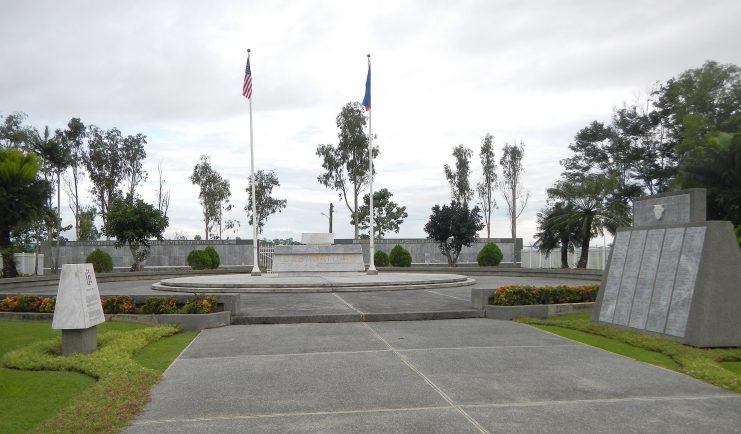
But those statistics hardly convey what the Great Raid really meant to the prisoners who had been saved, the men who saved them, or the country at large, once news of the Raid finally reached American shores – Jubilation!
Yet, perhaps the most memorable image emerged when the freed POWs first encountered a tattered Stars and Stripes hanging limply from a muddy Sherman tank just behind the lines which, caught by a passing breeze, momentarily swayed-open before them.
Panther, the Big Cat is Heading Down Under
Spotting the fluttering American flag, they stopped in their tracks and – overcome with emotion – slid down from the carts, and held onto, or steadied one another as best they could. Then, in a scene fit for the ages, they stood resolutely at attention and, with tears pooling in their eyes, proudly saluted the flag many had not seen for three, very long years, and for which they had all given so much.
Jim Stempel is the author of numerous articles and nine books on American history, spirituality, and warfare. His newest book regarding the American Revolution – Valley Forge to Monmouth: Six Transformative Months of the American Revolution – will be released this fall. For a full preview, pricing, and pre-publication reviews, click here: https://amzn.to/2YEoaEA Or, feel free to visit his website for all his books, reviews, articles, biography, and interviews by clicking here: www.jimstempel.com
